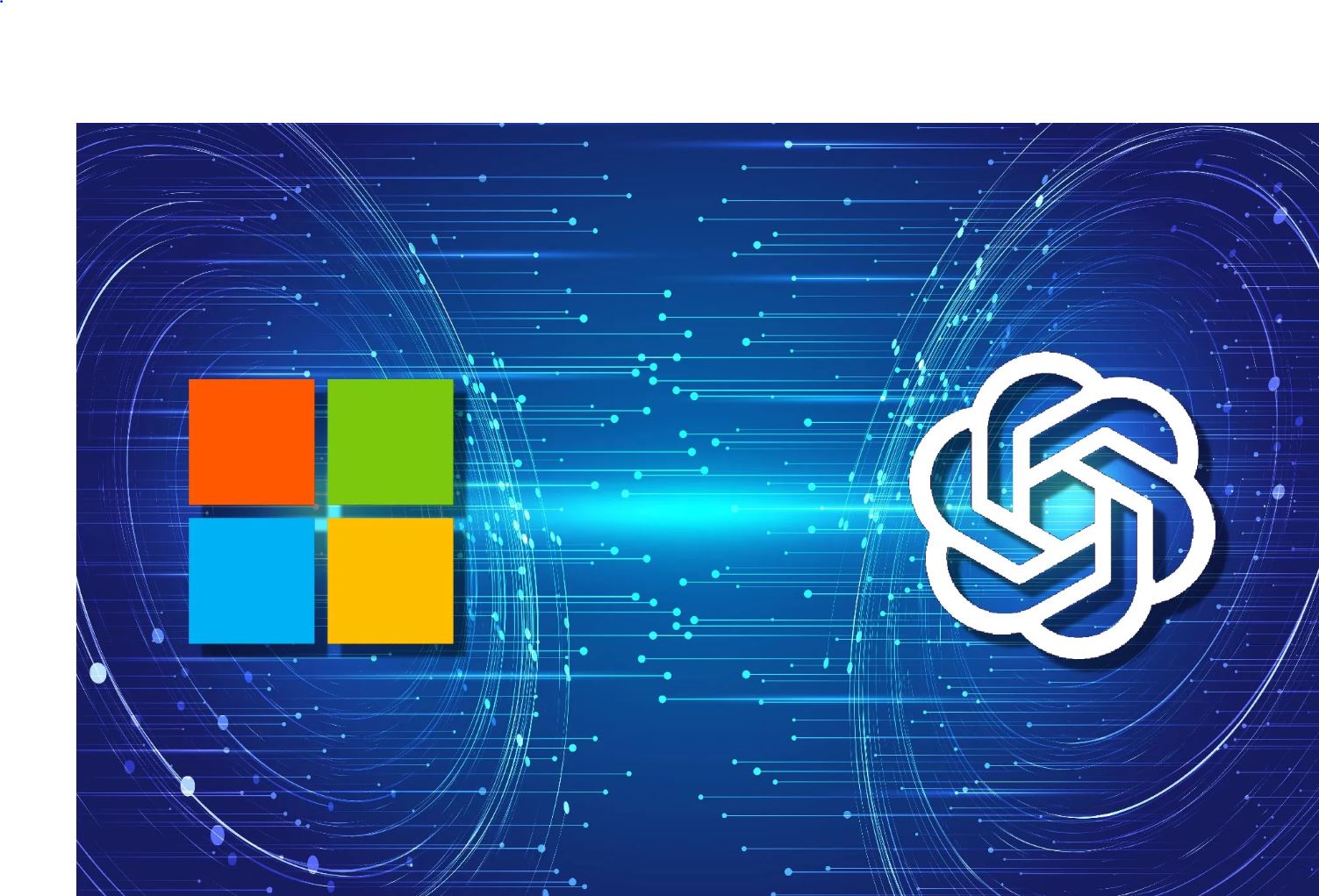 OpenAI is making waves by starting to use Google’s Tensor Processing Units (TPUs) for its AI services, including ChatGPT. This move represents the first time the company has relied on hardware other than Nvidia GPUs on a large scale, aiming to cut down on inference costs — the expense of running trained models to answer new queries.
OpenAI is making waves by starting to use Google’s Tensor Processing Units (TPUs) for its AI services, including ChatGPT. This move represents the first time the company has relied on hardware other than Nvidia GPUs on a large scale, aiming to cut down on inference costs — the expense of running trained models to answer new queries.
Traditionally, OpenAI has been deeply tied to Nvidia, leaning on its graphics processors for both training and deploying sophisticated language models. However, by partnering with Google Cloud for access to TPUs, OpenAI is not only reducing costs but also positioning itself in a strategic play against Microsoft, its main investor and cloud infra provider. Even though Google hasn’t offered its most advanced TPU models yet, the collaboration signals openness to alternative infrastructure avenues.
This strategic shift comes at a time when OpenAI is in active discussions with Microsoft’s CEO, Satya Nadella, about their broader collaborations. At the same time, the company has also broadened its resource base through a deal with Oracle. Such moves highlight a competitive edge in the rapidly evolving AI and cloud markets — a space that has significantly bolstered Microsoft’s stock performance.
Google Cloud, which is stepping up its game to offer its robust AI computing capacity to a growing list of partners, now serves not only OpenAI but also firms like Apple and startups such as Anthropic and Safe Superintelligence. These developments underscore how pivotal infrastructure choices are to both AI progress and cost management, offering companies another lever in the race to optimise performance and cost.
For those keeping an eye on the tech landscape, this move is a clear indicator that even industry giants like OpenAI are exploring diverse hardware options to drive efficiency and innovation. It’s a smart reminder that even if you’ve ever wrestled with the high costs of running large models, there are always fresh, effective strategies coming into play.








